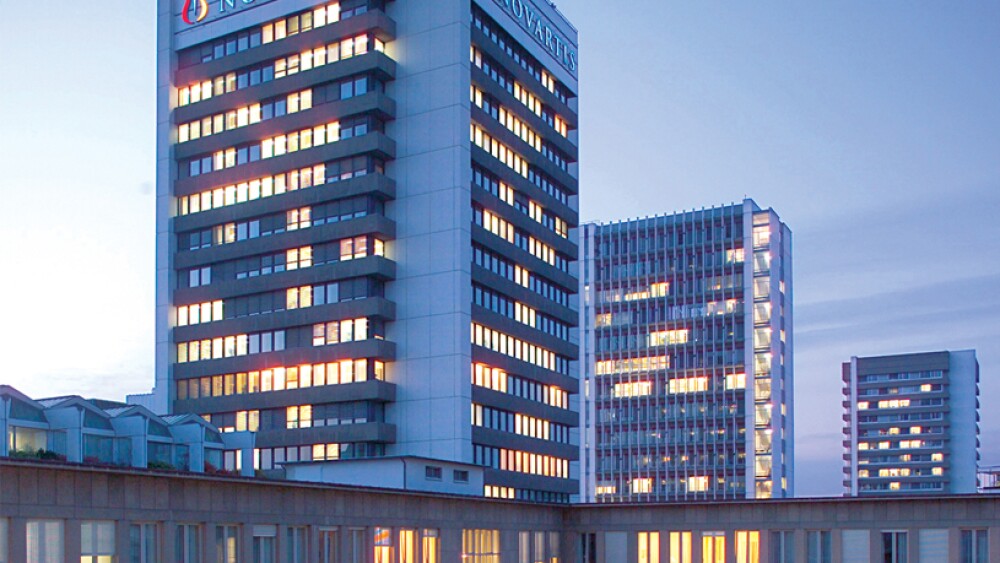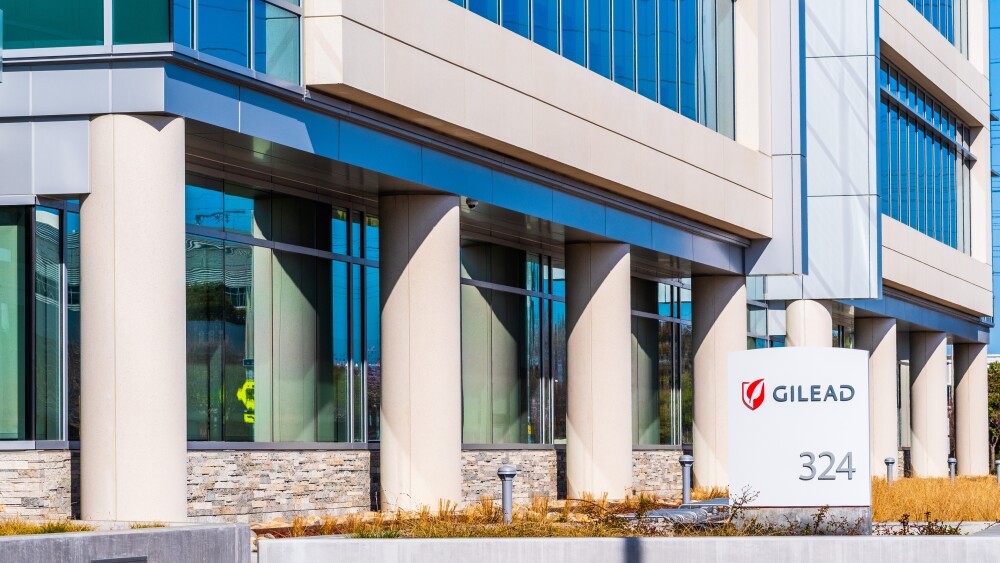June 20, 2017
By Mark Terry, BioSpace.com Breaking News Staff
Anyone who has received injections in the eye or even contemplated injections to the eye can appreciate how a drug that would require fewer would have a competitive advantage. Switzerland-based Novartis announced positive results from two Phase III trials, HAWK and HARRIER, of RTH258 in neovascular age-related macular degeneration (nAMD). In addition to being as effective as its nearest competitors, it requires fewer injections.
The primary and key secondary efficacy endpoints of the studies were non-inferiority of RTH258 to Regeneron Pharmaceuticals ’ Eylea (aflibercept) in terms of mean change in best-corrected visual acuity (BCVA) from baseline to week 48, and average mean change from weeks 36-48. The drug was well tolerated with overall side effects comparable to Eylea.
“These results clearly and convincingly demonstrate RTH258 has the potential to reduce injection burden while providing excellent visual outcomes,” said Vas Narasimhan, global head, Drug Development, and chief medical officer of Novartis, in a statement. “Given our legacy in developing medicines to preserve vision, we are pleased that RTH258 carries the promise of being the next major advancement for patients with nAMD. Based on these robust data, we are looking forward to working with regulatory agencies to bring this pioneering treatment to patients.”
RTH258 is a humanized single chain antibody fragment. It inhibits activation of VEGF receptors. Increased signaling via the VEGF pathway is associated with pathologic ocular angiogenesis and retinal edema.
Neovascular age-related macular degeneration (nAMD or wet AMD) affects 20 to 25 million people worldwide, and is the leading cause of severe vision loss and legal blindness in individuals over the age of 65 in North America, Europe, Australia, and Asia. It is caused by abnormal blood vessel formation and growth beneath the macula. They are fragile and leak fluid and blood, which disrupts the normal retinal architecture, which causes damage to the light sensitive cells.
Regeneron’s Eylea brought in $3.3 billion last year. Eylea requires an injection into the eye once every eight weeks. RTH258 would require an injection once every 12 weeks.
In a research note two months ago, Geoffrey Porges, an analyst with Leerink, wrote, “Since Eylea is the control arm, and is being given on the standard q8 week schedule, there will be the appearance of superior convenience for some patients, but the perceived advantage for RTH258 will depend on what proportion of patients are actually managed on the less frequent dosing schedule. If that proportion is relatively small (15 percent or less), then we expect the commercial advantage for RTH258 to be modest. If the proportion of patients controlled on the longer schedule is large (40-50 percent or higher), then we expect the commercial advantage, and impact, to be significant.”
As it turned out, in its two trials, Novartis’ 6 mg dose of RTH258 worked on the once-in-12-week schedule for 57 percent and 52 percent of patients, shattering expectations.
Today, Seamus Fernandez, an analyst with Leerink, wrote in a note, “Based on these results, we expect RTH258 to be a major competitor in the U.S. to Eylea and Lucentis, and essentially replace Lucentis overseas where Novartis controls marketing.”
Lucentis is marketed by Genentech , a member of the Roche Group (RHHBY). Lucentis is typically injected on a once-per-four-weeks schedule.
In an interview with the New York Times, Novartis’ Narasimhan, said, “It’s a positive study, we’re very excited about it—it exceeds our expectations—and we’re looking forward to filing in 2018.”
Novartis projects that once approved, RTH258 could hit $1 billion in sales per year.
Novartis stock popped at the news, and is currently trading at $82.27.





